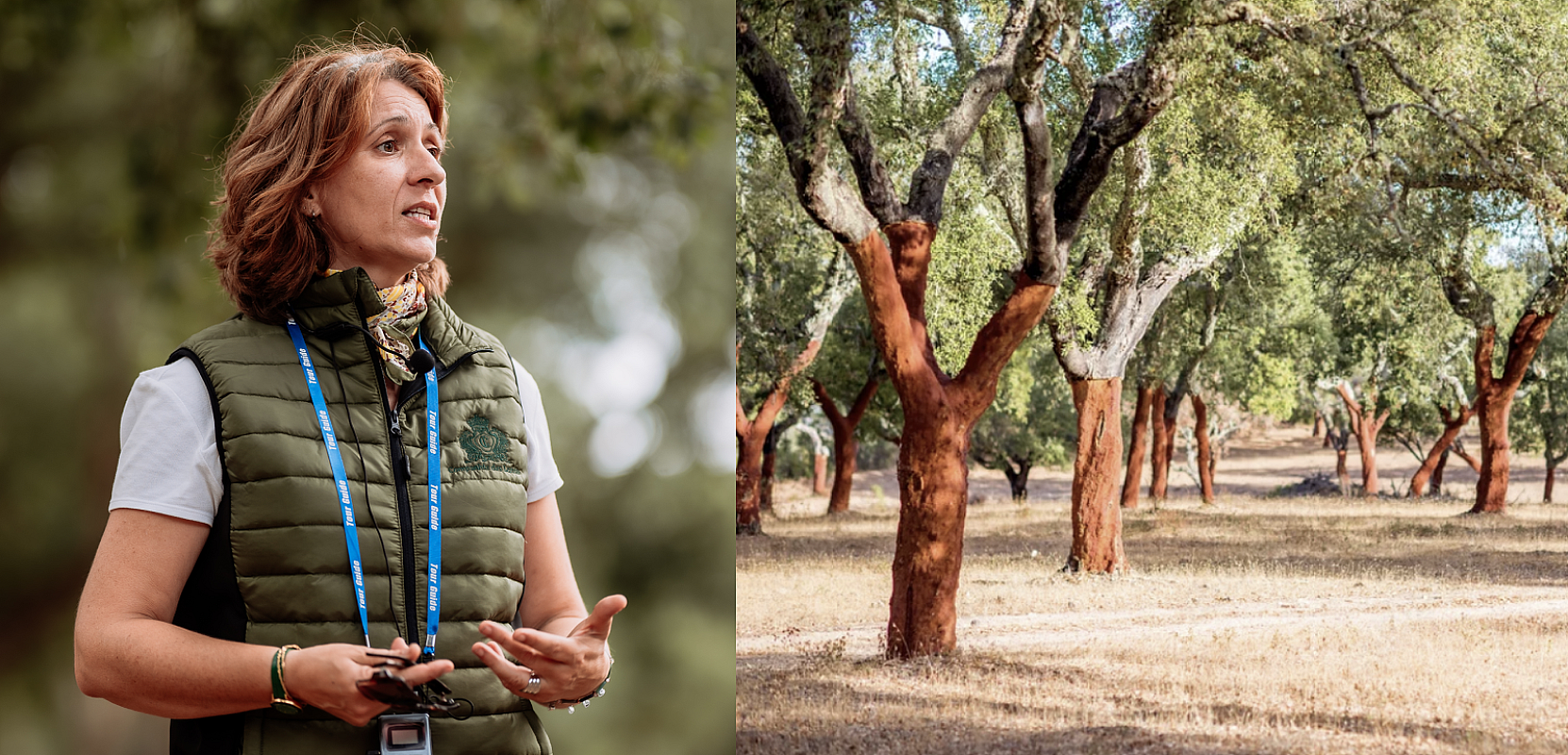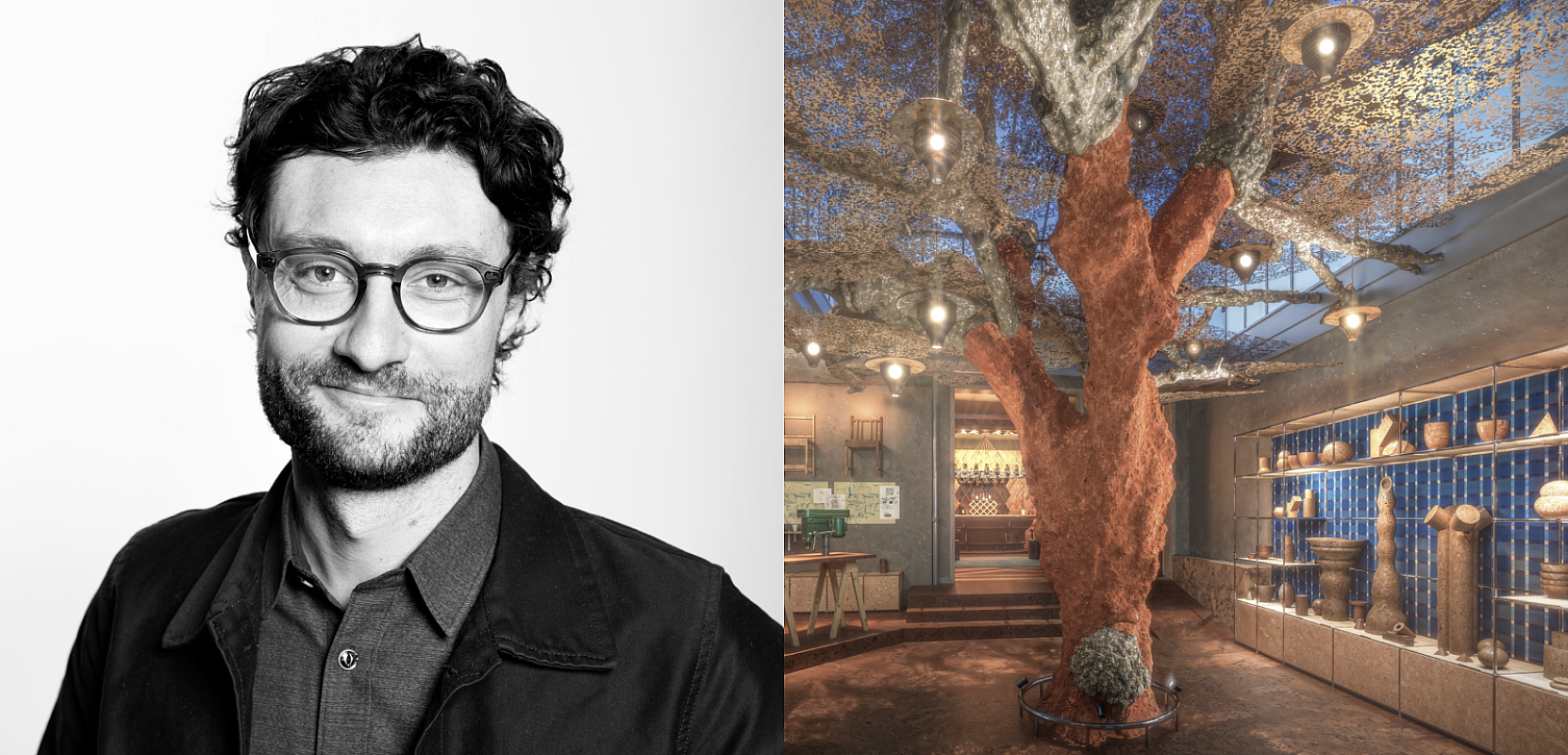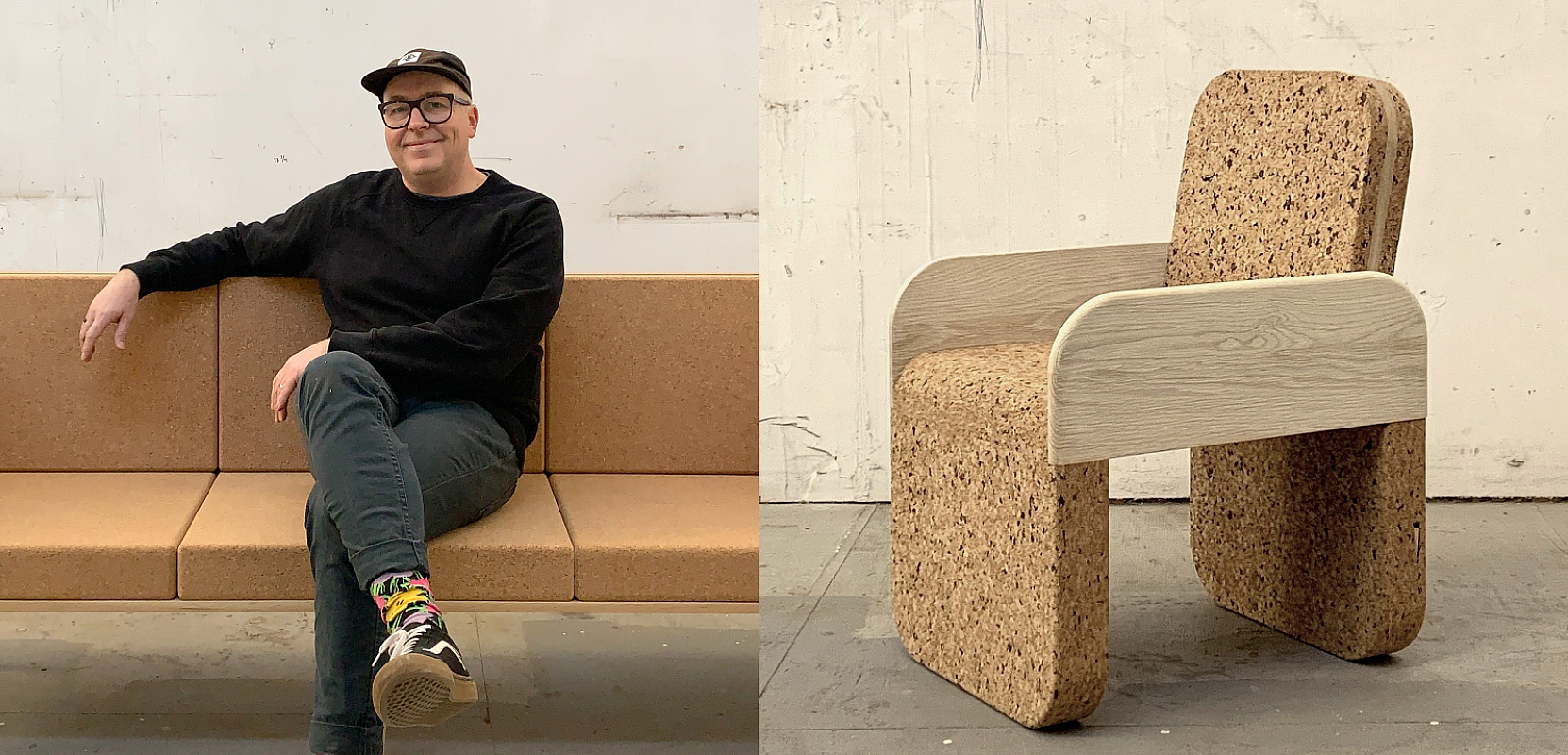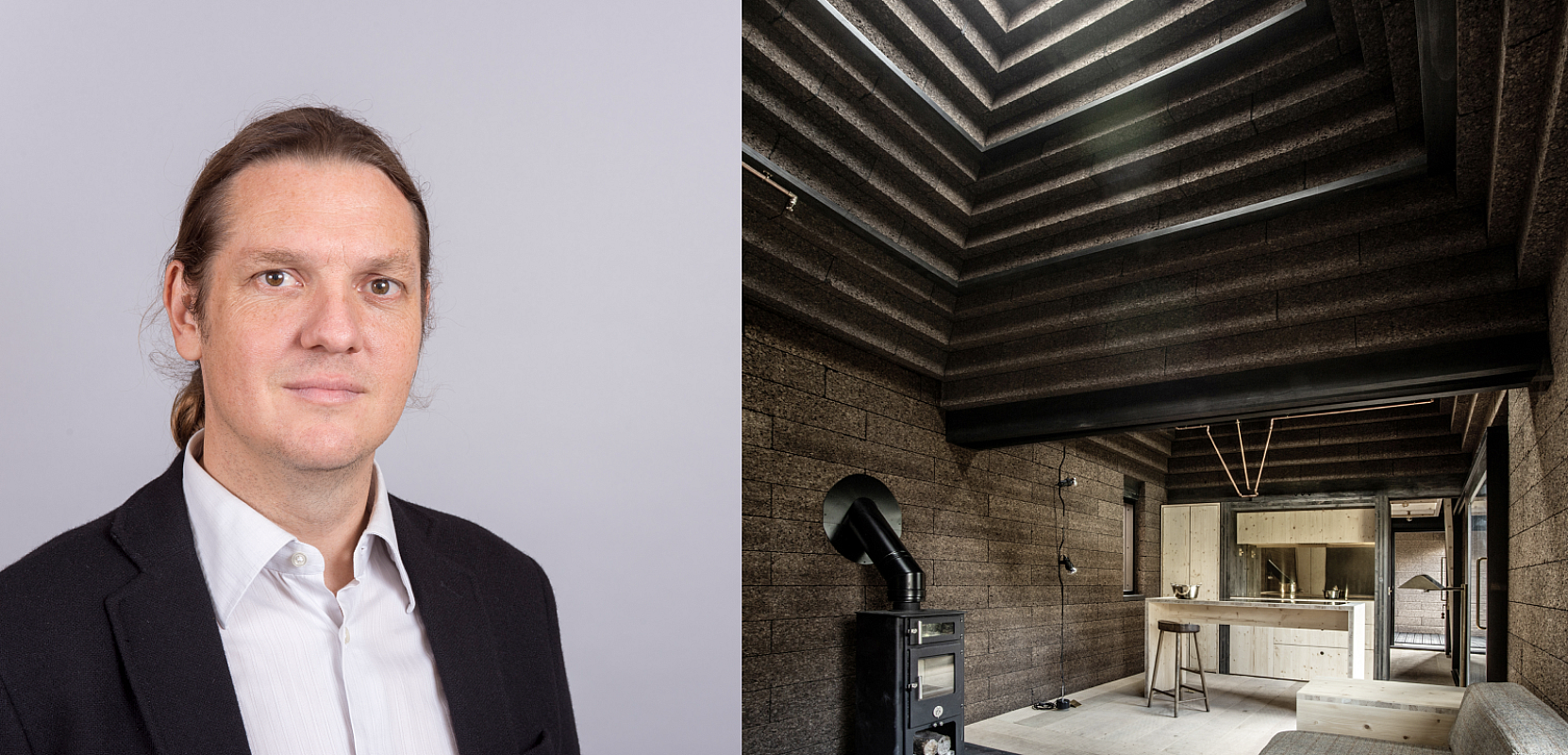THIS EVENT HAS PASSED. ACCESS THE RECORDING HERE.
How is cork shaping the future of healthy materials?
Cork is a remarkable material—lightweight, durable, regenerative and recyclable. Harvested from the bark of the Quercus suber oak tree without harming the tree itself, cork is naturally fire-resistant, water-resistant, and has anti-fungal qualities, eliminating the need for harmful additives. It is also thermally and acoustically insulating and offers unique sensorial qualities.
A cork tree can live 250 years offering its bark for harvest every decade. Cork forests act as carbon sinks, sequestering millions of tons of carbon. Cork has been used as a building material in architecture and design for centuries, finding applications in flooring, wall coverings, furniture, and insulation.
As the design and construction industries work to reduce environmental harm and eliminate toxic materials, cork offers a renewable and non-toxic alternative. This event convenes experts from across the cork supply chain—a farmer/harvester, manufacturer, architect, and recycler—to discuss how cork is cultivated, processed, and repurposed to create healthier buildings and products. Join Parsons Healthy Materials Lab and The Architectural League of New York for this in-person conversation exploring the present and future of cork in design and construction.
This event is co-sponsored with the Architectural League of New York, with a joint interest in exploring a future for architecture made of healthy, regenerative materials.
The event is now SOLD OUT. Join the waitlist for in-person tickets.
$15 general admission; free for League members and current Parsons students, faculty, and staff (use code: ParsonsCork25).
If you cannot make it and would like to receive the recording when it becomes available, you may sign up here.

Plantation of Cork Oak Trees + Pile of raw cork drying, images via adobe stock

Cork stoppers, image via adobe stock

The Cork Collective recycling process, image courtesy of Cork Collective

Arm Chair 2021, Daniel Michalik, image courtesy of Daniel Michalik

Cork House, 2019, designed by Matthew Barnett Howland with Dido Milne and Oliver Wilton, image credits Magnus Dennis (left) and Alex Rijke (right)
PANELISTS:
SANDRA ALCOBIA will represent Companhia das Lezírias, one of the largest areas of continuous cork oak forest in Portugal established in 1836. The state-run agriculture and forestry company is of the largest agricultural and forestry holdings in Portugal, just 20 minutes from Lisbon. Located on an ecological sanctuary and farming, the company produces cork in addition to rice, wine, and livestock

DANIEL MARINO leads Rockwell’s work with the Cork Collective, a collaboration group that collects, recycles, and repurposes natural cork stoppers to create new forms such as surfacing for playgrounds and parks. He is a senior associate at Rockwell Group and director of LAB, a studio within the firm focused on experiential design. Marino also leads Rockwell’s work with the Cork Collective, a collaboration between the firm, Amorim, BlueWell, and Southern Glazer’s Wine & Spirits. Working with partners in the hospitality industry, the Cork Collective collects, recycles, and repurposes natural cork stoppers to create new forms such as surfacing for playgrounds and parks. Rockwell Group and the LAB are currently developing Casa Cork by David Rockwell for Milan Design Week, a traveling installation that will showcase the many interior uses of the material, from tiles to furniture. Visitors will discover cork’s versatility as one of the world’s most sustainable natural materials, through demonstrations, product showcases, a student design competition, and conversations with leading thinkers.

DANIEL MICHALIK is a designer and educator exploring new applications for cork and its implications for healthier design, agriculture, and processing practices, built upon years of collaboration with Portuguese cork growers and manufacturers. Based in Brooklyn, New York. He is an associate professor of product and industrial design and associate dean of the School of Constructed Environments at Parsons School of Design and principal of Daniel Michalik Product / Design. Across his studio, research, and academic work, Michalik has explored new applications for cork and the material’s implications for healthier design, agriculture, and processing practices, built upon years of collaboration with Portuguese cork growers and manufacturers. Michalik has collaborated with clients such as Google, L’Oreal, Nike, and Reddymade Architecture, and his work with cork has been exhibited internationally.

OLIVER WILTON is an architect and environmental design consultant, who collaborated with Matthew Barnett Howland and Dido Milne, to design the Cork House in 2019, a first-of-its-kind dwelling made almost entirely from solid load-bearing cork. An associate professor of environmental design and director of design technology at Bartlett School of Architecture, UCL. His collaborative research and teaching on architecture and environmental design include work on inhabitation, material technology, environmental and energy performance, and developing new forms of construction in materials from cork to stone.

MODERATORS:
PAUL LEWIS is a principal at LTL Architects, currently focused on the architectural potentials of plant and earth-based materials. LTL Architects published the Manual of Biogenic House Sections in 2022. Paul is also professor at Princeton University School of Architecture and former president of the board at The Architectural League of NY.
JONSARA RUTH is co-founder and co-executive director of the Healthy Materials Lab (HML), working with a dedicated research team to rapidly advance healthier living spaces by understanding how human and planetary health are affected by the materials that surround us. She is also an associate professor of interior design at Parsons and founder of Salty Labs design collective experimenting with circular, healthy, regenerative materials and strategies.
Join Our Academic Network
Get Access to our carefully researched and curated academic resources, including model syllabi and webinars. An email from an academic institution or a .edu email address is required. If your academic institution does not use .edu email addresses but you would like to join the network, please contact healthymaterialslab@newschool.edu.
Already have an account? Log in